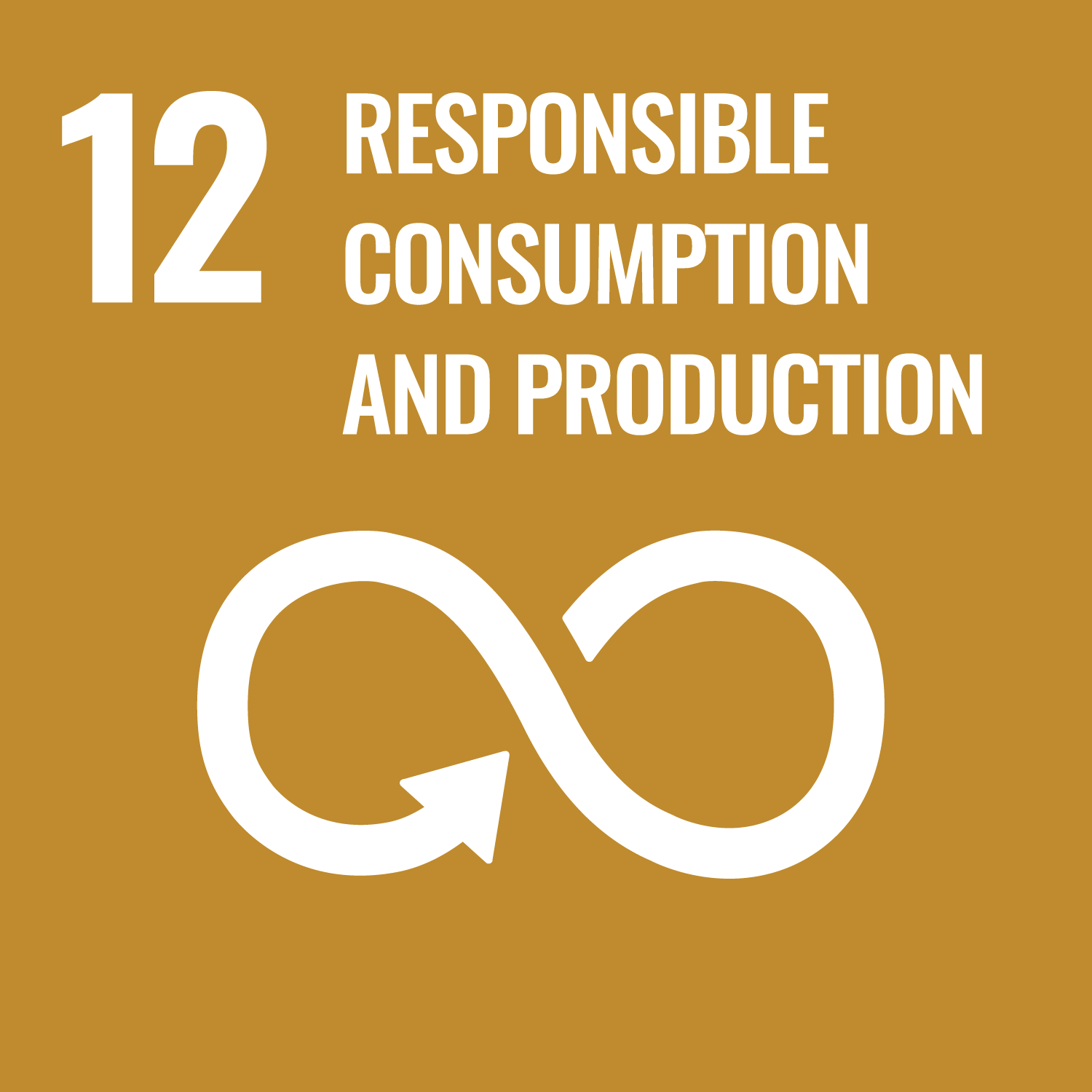Altuntas Vural, C., Balci, G. orcid.org/0000-0002-1306-5781, Surucu Balci, E. et al. (1 more author) (2024) Looking inside the panarchy: reorganisation capabilities for food supply chain resilience against geopolitical crises. Supply Chain Management, 30 (7). ISSN 1359-8546
Abstract
Purpose Drawing on panarchy theory and adaptive cycles, this study aims to investigate the role of reorganisation capabilities on firms’ supply chain resilience. The conceptual model underpinned by panarchy theory is tested in the agrifood supply chains disrupted by a geopolitical crisis and faced with material shortage. The study considers circularity as a core reorganisational capability and measures its interplay with two other capabilities: new product development and resource reconfiguration capabilities to achieve supply chain resilience.
Design/methodology/approach A quantitative research design is followed to test the relationships between circularity capabilities, resource reconfiguration capabilities, new product development capabilities and supply chain resilience. A cross-sectional survey is applied to a sample drawn from food manufacturers who are dependent on wheat and sunflower oil as raw material and who are faced with material shortages in the aftermath of a geopolitical crisis. Measurement models and hypotheses are tested with the partial least squared structural equation modelling (PLS-SEM) based on 324 responses.
Findings The results show that new product development and resource reconfiguration capabilities fully mediate the relationship between circularity capabilities and supply chain resilience. In other words, the food producers achieved supply chain resilience in response to agrifood supply chain disruption when they mobilised circularity capabilities in combination with new product development and resource reconfiguration capabilities.
Practical implications The findings suggest that producers in the agrifood industry and even those in other industries need to develop circularity capabilities in combination with new product development and resource reconfiguration capabilities to tackle supply chain disruptions. In a world that is challenged by geopolitical and climate-related crises, this means leveraging 3R practices as well as resource substitution and reconfiguration in new product development processes.
Originality/value The study explores the release and reorganisation phases of adaptive cycles in a panarchy by analysing the interplay between different capabilities for building supply chain resilience in response to disruptions challenging supply chains from higher levels of the panarchy. The results extend the theoretical debate between circularity and supply chain resilience to an empirical setting and suggest the introduction of new variables to this relationship.
Metadata
| Item Type: | Article |
|---|---|
| Authors/Creators: |
|
| Copyright, Publisher and Additional Information: | © Ceren Altuntas Vural, Gokcay Balci, Ebru Surucu Balci and Aysu Gocer. This is an open access article under the terms of the Creative Commons Attribution License (CC-BY 4.0), which permits unrestricted use, distribution and reproduction in any medium, provided the original work is properly cited. |
| Keywords: | Circular economy, Panarchy theory, New product development, Resource reconfiguration, Adaptive cycles, Resilience, Food industry, Supply chain disruptions |
| Dates: |
|
| Institution: | The University of Leeds |
| Academic Units: | The University of Leeds > Faculty of Environment (Leeds) > Institute for Transport Studies (Leeds) |
| Depositing User: | Symplectic Publications |
| Date Deposited: | 02 Jan 2025 11:22 |
| Last Modified: | 10 Feb 2025 16:28 |
| Status: | Published |
| Publisher: | Emerald |
| Identification Number: | 10.1108/scm-02-2024-0121 |
| Related URLs: | |
| Sustainable Development Goals: | |
| Open Archives Initiative ID (OAI ID): | oai:eprints.whiterose.ac.uk:221108 |


 CORE (COnnecting REpositories)
CORE (COnnecting REpositories) CORE (COnnecting REpositories)
CORE (COnnecting REpositories)